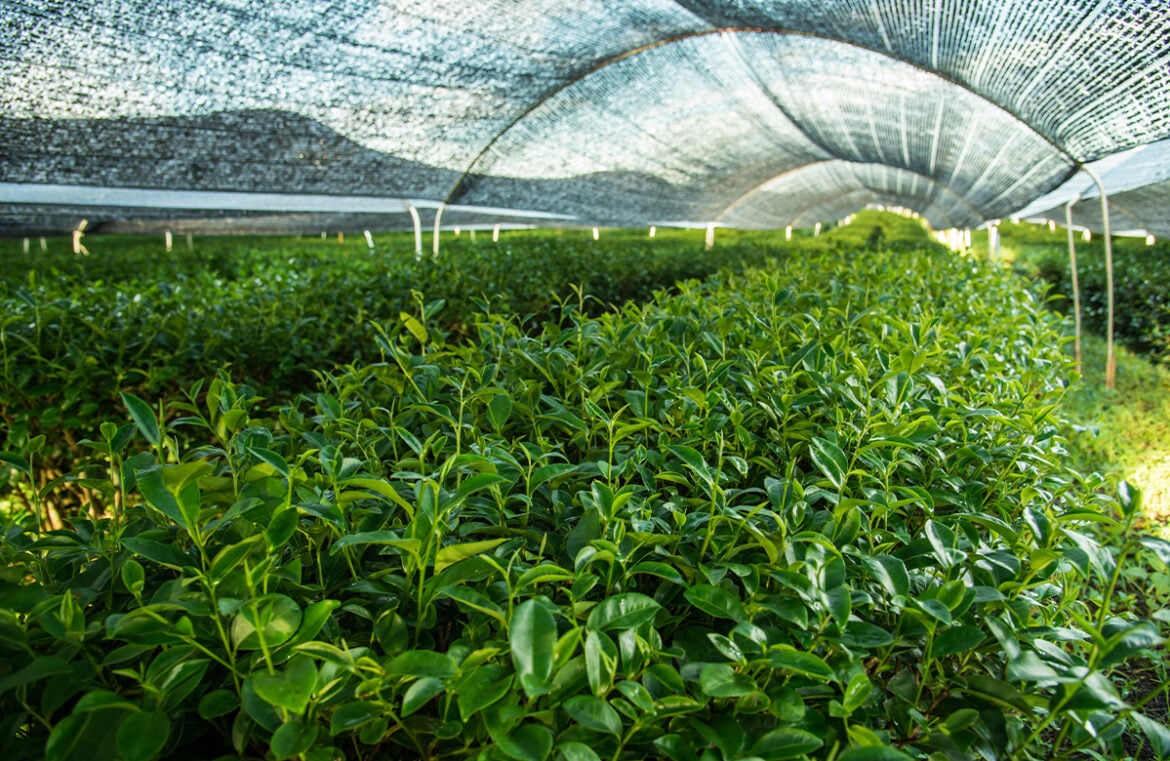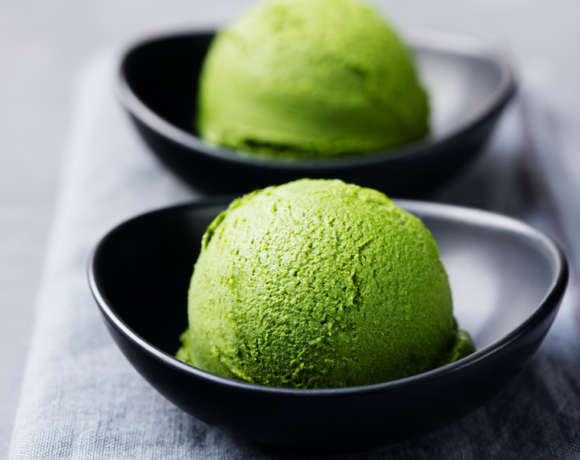Social media is playing part in another global shortage, with matcha touted to be the latest product to be hit.
Following on from the viral sensation Dubai chocolate, which has been attributed to a dramatic rise in the price of pistachios, matcha is the latest product to be witnessing a rapid increase in both popularity.
According to abc.net.au the Global Japanese Tea Association has described the impact of the current hype around matcha as unprecedented.
Association co-founder Anna Poian said for the first time in history there is a matcha shortage, which began in autumn last year. This has also been exacerbated by Japan’s post-COVID-19 growing tourism industry.
“Many foreigners would buy lots of matcha to bring back home as souvenirs, sometimes even in bulk or sometimes, we’ve heard, to resell,” she said.
abc.net.au reported at the year’s first tea auction in Kyoto, tencha prices nearly doubled year-on-year, surpassing 8000 yen ($87) per kilogram, which is record high. This comes as the government of Kyoto Prefecture, one of Japan’s match-producing regions, announced it was hard to measure the shortfall when it comes to matcha production.
A spokesperson told The Business that overseas demand currently far exceeded Japan’s 150,000 tonne export target for 2030.
“It is difficult to calculate specific figures because we are turning down exceptionally large orders from countries with high demand for tea such as the United States, Germany and Dubai,” they said.
The shortage issue has been compounded by the fact it’s not as simple as scaling up production, with high quality matcha only harvested once a year.
But what exactly is matcha?
It’s a traditional Japanese tea that has gained popularity due to its unique flavour, claimed health benefits and versatility.
To produce tencha, the raw leaves that are used to create matcha, the tea bushes are shaded from the sun for up to 20 days before harvest. As a result the chlorophyll levels are increased – leading to its vibrant green colouring – while the bitter flavour is also reduced.
The leaves are then finely ground into a green powder that traditionally is then whisked into hot water to create a slightly thick tea. On the culinary front, its vibrant colouring and delicate earthy flavour lends itself perfectly to baked goods, with a number of bakeries jumping on board and producing matcha croissants and and cakes – and even chocolate.
Unfortunately there is no quick solution to the growing matcha shortage, with one Japanese grower telling Al Jazeera that although the Japanese government is encouraging tea producers to farm on a larger scale to reduce overall costs, this move also risks sacrificing quality.
“In small rural areas it’s almost impossible,” they said.
“Training a new generation takes times… it can’t be improvised.”







COMMENTS